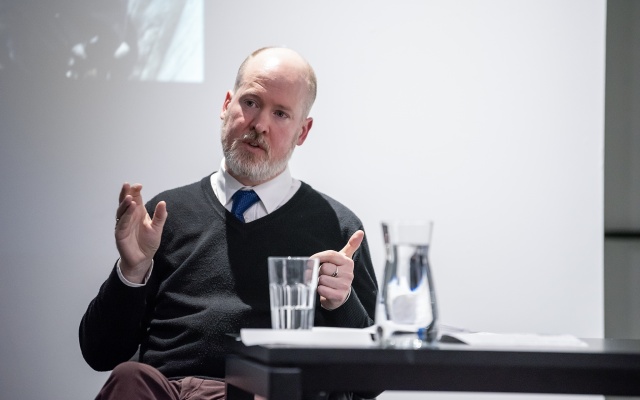Introduction
I am a British artist, art critic, art historian and poet. I studied fine art and art history at Goldsmiths College in London in the early 1990s. I have been attending art exhibitions since 1988 and have been exhibiting my art since 1993. I started publishing art reviews in 2003 and have been a professional art critic since then. So, I have the double perspective of an artist and an art critic. I have written three books on cultural politics. I have also written exclusive pieces for OBIEG, in English and translated into Polish.
The subject of this series of talks is censorship of the arts. I shall be talking about fine art, which is the area I know best, and I shall be concentrating on soft censorship. That is, censorship that happens indirectly, because that is how liberalists censors opponents and even critics. They operate through advancing projects that support the values of the elites and suppressing the values of rival elites and traditions. Liberalism is as censorious and authoritarian as any dictator’s governmental ideology. If you speak out publicly against the core beliefs of the elite you will find yourself cancelled by a social media mob or have your funding withdrawn.
A lot of what I will discuss will be based on articles and information, most of it published by me in the counter-cultural arts journal The Jackdaw. As the publication covers news and is independent, it has become a useful journal of record. It is the only publication to expose the full corruption of the British public-arts world.
My first article on censorship was about German artist Hans Bellmer, whose work was censored by the Whitechapel Art Gallery in London in 2006. Artworks of a sexual character were withdrawn by the gallery director, without consulting the curator of this exhibition, touring from the Centre Pompidou, Paris. The reason given was that the art might have offended local Muslims, who make up the majority of the district’s inhabitants. This was pre-emptive censorship, where a guardian of culture actively withdraws a work of art in order to protect the sensibilities of a group, usually a minority. Needless to say, this religious sensitivity applies only to non-Christians. Christians are treated with disdain by the atheist progressives who manage our public arts venues. There are multiple examples of authorities siding with religious complainants who were not Christian but I cannot think of any examples of the state or local government acting in favour of objections by Christians.
The Arts Council
The British globalist managerial elite sees art as an economic driver, a means to social inclusivity and promotion of multicultural, multiracial, multifaith country which our banker Prime Minister calls “an economic zone”. The Arts Council now describes artists as “creative practitioners”.
The biggest patron of the arts in the UK is the state. It gives funds directly to a few prestige museums, such as the National Gallery, British Museum and Tate Gallery. Most of the money is given indirectly, via the Arts Council. Originally founded in 1946, the Arts Council now administers over £500,000,000 (2,500,000,000 PLN) per year. It has immense influence, far beyond its simple money power. It funds projects, venues and artists. It has a definite political agenda. It promotes art because of the demographic status of the recipient, i.e. if the applicant is a woman, non-white, disabled, homosexual, transgender or in any other way a minority, then that applicant has a much higher chance of being funded. There seem to be no aesthetic criteria.
Now consider that we supposedly live in an open liberal democracy where free speech is a prime good. What about the viewpoints of those who propose values that are a minority position ideologically in the public arts? What happens when they come to apply for funding? You know the answer. They get rejected, sometimes they get blacklisted. I know that my name is on these unofficial political blacklists. Ever since I criticised the establishment and the public arts sector, starting in 2015, my work has been essentially removed from view. Up to 2016, I was selling art to museums in the UK and exhibiting regularly in publicly funded venues. Since then nothing has been bought, museums will not reply to me, libraries will not even buy books of poetry or short stories by me. You will have trouble finding any work by me on show in museums that own my art. This is despite the fact that my creative writing and my art has not changed over the period. Museums that I had previously had good relations with broke off contact.
Consider the fact that if you visit a museum or civic gallery in Great Britain, you will never see new art that is in favour of Christianity, marriage, traditional family, nationalism and Brexit. A poll of people working in the creative fields gave a figure of over 90% opposed to Brexit despite the fact that only 48% of the population opposed Brexit. Opposing Brexit was the elite and establishment position. You will never see art that is opposed to (or sceptical about) abortion, transgenderism and trans-activism, mass migration, multi-culturalism and gay marriage. Yet these are common or even majority positions in my country. If we live in a liberal democracy, why are the views of majority excluded – and even mocked – in the civic arts? It is because the civic arts reflect the values of the ruling elite, which loathes the British public and has contempt for its history, culture and even existence. Art of these conservative positions could easily be encouraged and funded but it never is.
We might say that the elite has always had xenophilia – a love of the foreign. In 1066 England was invaded and conquered by the Normans of Northern France. They were a foreign elite who brought their beliefs and tastes with them. That is why the very name for a fancy place to eat is “restaurant” – a French word – and almost every word in a traditional English menu is French. The royal court of England imported artists Anthony van Dyck from Holland and Hans Holbein from Switzerland. The script we call Italic comes from the fancy style of Italian tutors of handwriting who instructed the aristocracy. Now, our elite proves how sophisticated and virtuous it is by supporting every foreign artist over every indigenous British artist, by favouring the minority over the majority every time. It is why the last two artists to represent Britain at the Venice Biennale have been black, that is why the last winner of the annual Turner Prize (the country’s most important contemporary art prize) was a black woman and why since 2011 only one single winner of the prize has been a man. Black women make up less than 2.5% of the British population, yet they feature disproportionately in British arts programming because the British liberal intelligentsia – mainly white, middle-class women – copy the American intelligentsia. That is why you see the obsession with slavery – a practice which has never existed in Great Britain and existed in colonies between 1650 and 1807.
I have a rough awareness of Poland’s history and I understand why Poland has been anxious about the influence of Russia and Germany. But I have to tell you that America offers you no hope. The false idol of democracy, the lies of liberalism, the original sin of slavery, the power of the women’s artist and academic lobbies, the use of the accusation of racism as a weapon – all of these are transmitted from America. Everything that I have described (and will describe in this talk) comes from the emulation of America. American elite values poisoned Britain first because we are closest to America culturally and politically, and they will poison Poland if you tie yourself to America.
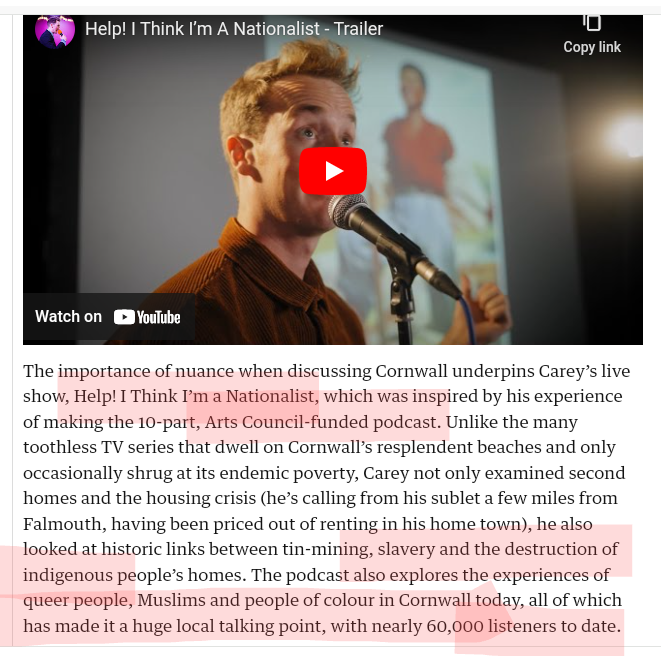
Here is a news story about a podcast funded by ACE. It is titled “Help! I’m a Nationalist”. As you see, it equates being a nationalist to having a disease or a disability. When the maker criticises the impact of mining on the indigenous population, he does not mean the indigenous Cornish or British population. He means populations in poor foreign countries. ACE would never support any project which was favourable towards to the native British population because of nationality. That would be regarded as racist and the maker would cancelled and blacklisted. However, you will get paid to level at all white people the accusation of racism and bigotry. ACE, national institutions and the even the ministry of culture are engaged in a systematic campaign to demoralise and denigrate the native population by rewriting its history, destroying its traditions, erasing its physical culture and promoting those who are clearly of foreign origin purely because they are seen as minorities.
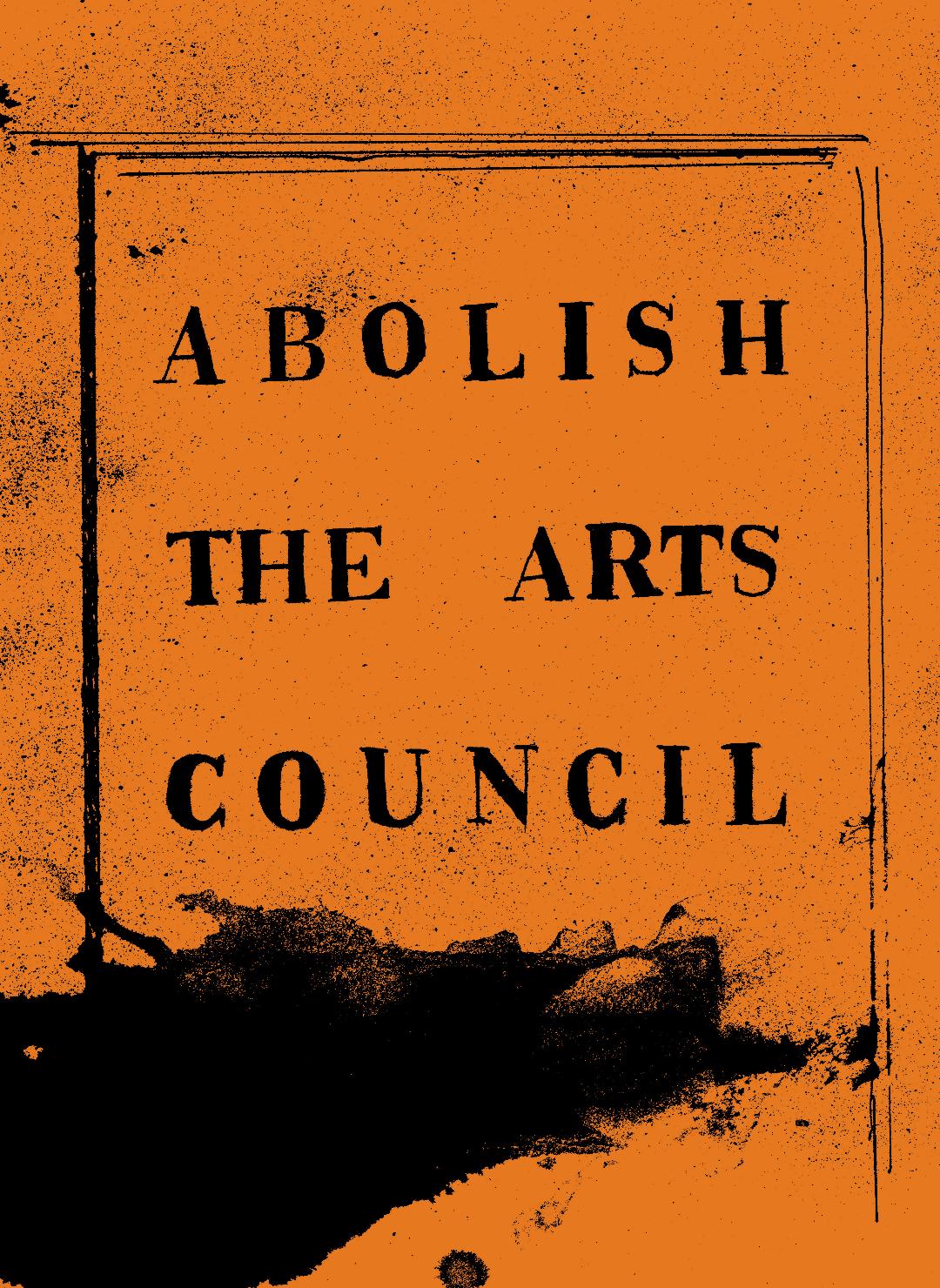
Abolish the Arts Council
This is the sort of action that prompted me to write this pamphlet Abolish the Arts Council. It led to several news articles and social media attention. It was mentioned in the Houses of Parliament. I do not expect it to change anything. It is published as an act of resistance. We artists must show we are capable of bravery in the face of authority which wishes harm to us and our ideals.
In the pamphlet there is a section explaining the state of fear in the public arts:
A 2020 survey of the cultural sector by Arts Professional website revealed widespread concern about, and fear of, ACE. Here is a selection of comments summarised by Richard Morrison in The Times.
The report suggests that you are as likely to be bullied into silence if you don’t support left-of-centre political parties. The arts, one participant asserted, “are now dominated by a monolithic politically correct class (mostly privileged, white, middle-class people) who impose their intolerant views across the sector”. Arts workers, another commented, are “unable to challenge anything that’s extremely left wing or politically correct for fear of being called racist, xenophobic, bigoted etc.[…]
And, as I found at the orchestral conference, some may believe that publicly criticising ACE is regarded as tantamount to career suicide. “Public funding is increasingly a problem for freedom of speech (and a lot of other things too),” one participant wrote. “If you are critical of the government or arts council, you are probably putting your organisation at risk.” […] “Artists, particularly women artists, are afraid to contest transrights activists’ positions,” one participant claims, “for fear of vitriolic verbal and sometimes physical violence against them."
In the summer of 2020, some major museums in the UK made statements in favour of Black Lives Matter. Here are statements made by Tate, the national museum of British and Modern art. The tweets mention the Stephen Lawrence case, which was when a black teenager was murdered by white teenagers in London in 1993. The police failed to successfully prosecute the killers. An official report (the 1999 MacPherson Report) branded the police “institutionally racist”, which means that a perceived attitude among a group is enough to morally diminish that group, even though no one individual may have done anything outright racist. We will return to the Tate soon.
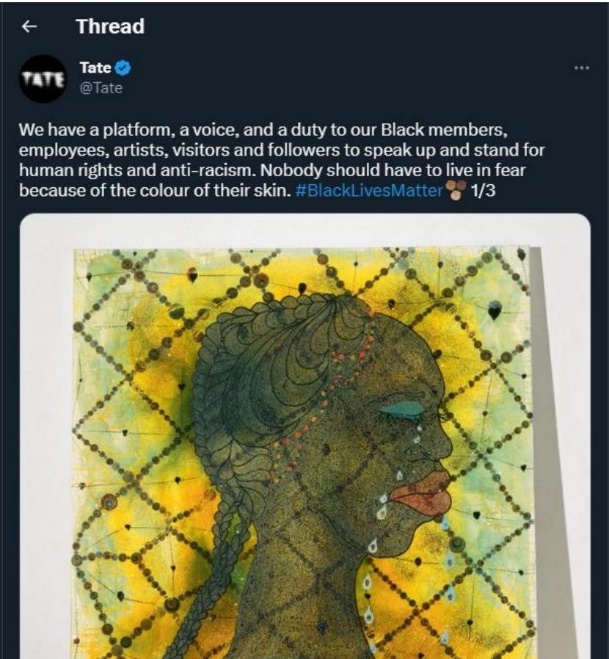
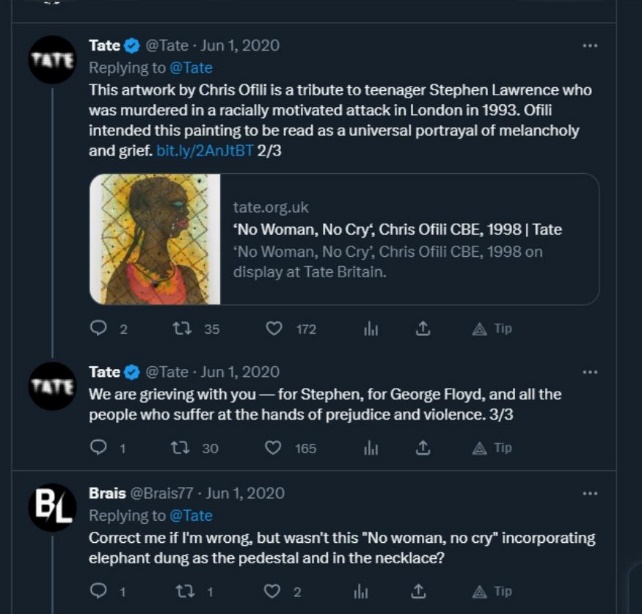
Here is a headline regarding the position of the British Museum in relation to Black Lives Matter. The director ordered that a portrait bust of the museum’s founder be placed in a glass cabinet with objects related to slavery in a form of public humiliation. The director is Hartwig Fischer, a German. I personally would not appoint any foreigner to direct a major national institution. I might employ a foreigner to direct an opera, conduct an orchestra and so on, but I think there should be a regulation that forbids national institutions from being controlled by an outsider.
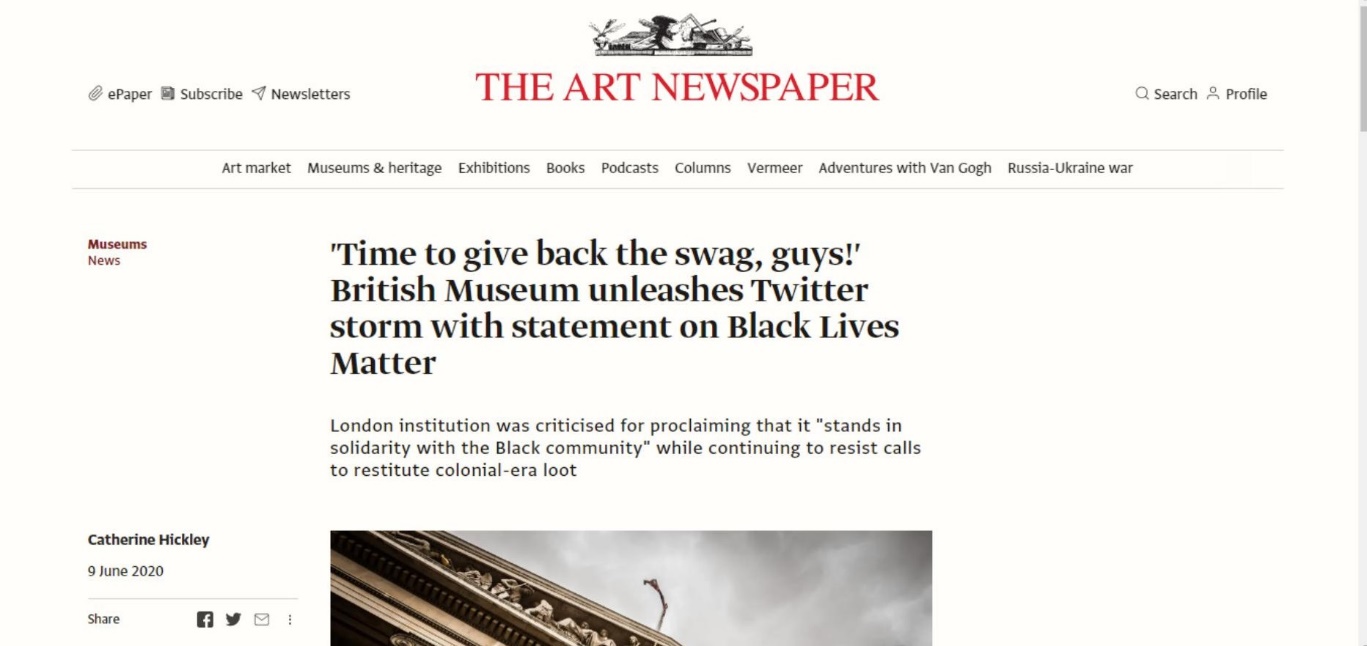
Activists in the Institute of Contemporary Art in London (funded by ACE) engaged in outright political propaganda for many years. In my book Artivism I list the blatant extremism of the causes they supported. The director used the official ICA press office to issue a statement supporting the destruction of the Colston statue in Bristol.
In June 2020 the statue of a local politician from Bristol that was defaced and drowned by a mob. That was done with the police watching it happen. The police were under the control of the mayor who wanted to remove the statue by legal means but was prevented from doing so. So he enabled the mob to do the action illegally. That statue is now exhibited in a local history museum, which treats it as a trophy, not the result of state-directed illegal violence against common property. The ICA director who supported this action was also a German, Stefan Kalmar. He was later told to resign, not because of this statement, not because the staff and board of directors of the ICA did not agree with him, and not because he permitted the use of charitable funds for art to be used for political campaigning (which is illegal in the UK). He was forced to resign because he had been too obvious. The “optics” were bad.
The ICA continues now under a new director, this one Turkish. Nothing has changed. The political partisanship and the diversion of funds into politics and non-art activity continues. The senior staff at these organisations will run them into bankruptcy and discredit, acting possibly illegally and definitely unethically because their loyalty is not to the organisation, the state or the public but to their political peers, acting in a form I describe as cultural entryism. Any director who has to resign can simply go to another node in the globalist art network (in Miami, Toronto, Zurich, Barcelona, Helsinki) and continue acting in the same manner. There are no legal, financial or professional ramifications for destroying the credibility and finances of a public institution.
The Museums Association was founded in 1889 as a professional body giving guidance on technique and ethics of museum work. It is now an activist organisation but only activism from one perspective: that of the globalist technocrats, who promote liberalism, mass migration, multiculturalism and environmental catastrophism. On their website they state that:
We champion diversity and equity” and “We campaign for social and climate justice.
The advocate for the decolonisation of museums (that is, repatriating artefacts from the colonial era). The MA website provides “clear, up-to-date advice that enables all museums to confidently and ethically dispose of items from their collections while maintaining public trust.”
Here is an image of a conference staged last year by the Museums Association. On a stage were six Muslim women involved in the museum world, three of them wearing hijabs. Above them was a photograph of a group of men associated with Kelvingrove Art Gallery, Glasgow, photographed sometime in the 1920s or 1930s. These are activist curators employed by museums to rewrite history. This photograph was posted on Twitter by National Heritage Lottery Scotland, effectively a branch of the Scottish government. These are not rebels but servants of governments intent on changing history and the demographics of the country.
The conference was entitled “Make Change Happen”; so you can see the outlook of the MA. Topics for the conference were “Museums for Climate Justice”, “Creating an anti-racist country – practical lessons from Welsh museums” and “Collaborating for change: disrupting narratives of racist science”. One conference session was on “Black queer lives”, which to challenge ideas of nationhood “by reshaping our perceptions of who belongs and who doesn’t”. This session was supported by the publicly funded organisations Historic Royal Palaces, English Heritage and the National Trust, demonstrating how widespread social-justice praxis has become inside publicly funded heritage organisations.
The MA has an automatic seat on the board of the National Trust (NT). This has provided top-level endorsement to the NT’s woke policies, including pushing narratives that demean historical figures linked to the slave trade (and even colonialism), promoting involvement of racial minorities (as visitors and staff) in order to demographically engineer engagement and, finally, forcing volunteers to wear political symbols (LGBT-rainbow lanyards). You can imagine what sort of art acquisitions and exhibitions are being approved by these proudly activist curators who make decisions.
Here is instruction about writing museum labels to humiliate the subject and to accuse the visitors of historical guilt. I recently attended an exhibition of William Hogarth, the great English painter. It was hosted by the Tate gallery, which had invited race activists to write labels complaining about slavery, even though there were no images of slavery in the exhibition. It was so extreme and unnecessary, that even the far-left press found the labels provocative and embarrassing.
One final example of the material that gets support from national art institutions.
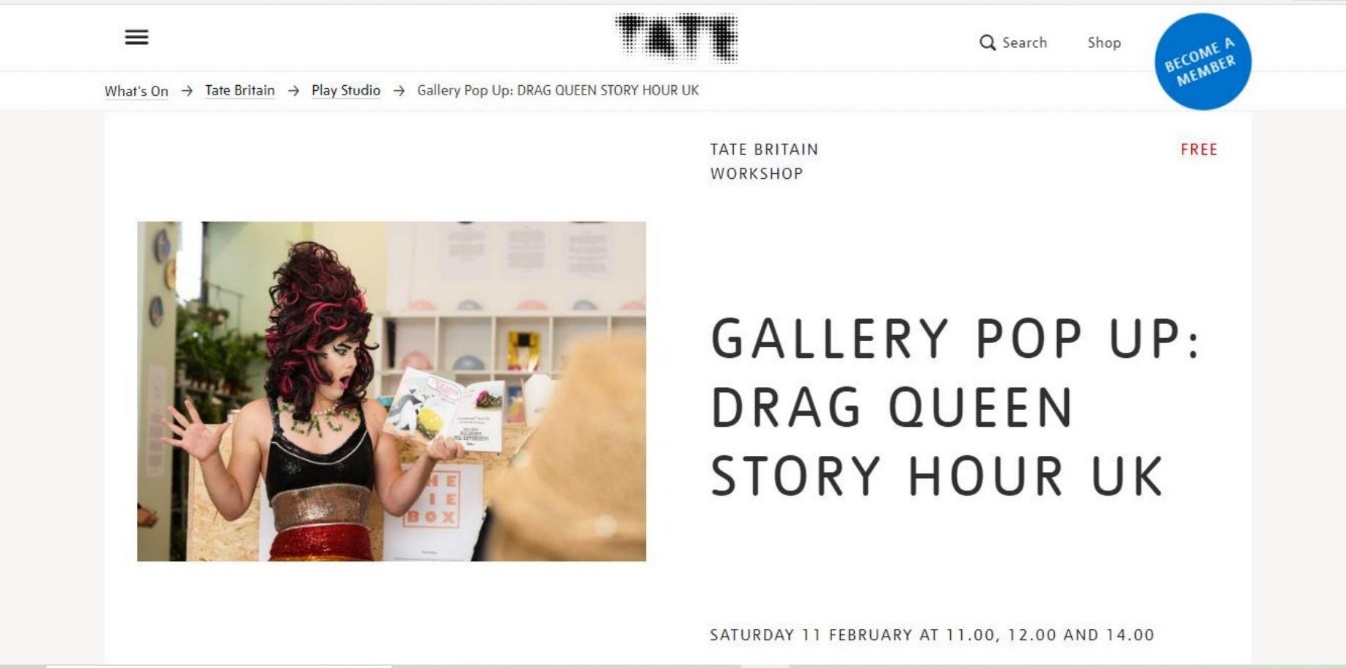
On the 11th of February, Tate Britain in London hosted three performances of a Drag Queen Story Hour (DQSH). Aida H. Dee, the performer, is credited on the Tate website as “an ADHD, neurodivergent, queer hero of literature, theatre, and children's entertainment. She is a patron of Autistic Inclusive Meets London, a professional author, a five star Edinburgh Fringe act, has been featured on Forbes Magazine for being an activist for neurodivergence, and has recently been awarded Local Leader Of The Year in 2022 by PinkNews.”
Aida H. Dee and/or Drag Queen Story Hour UK has performed at (or been financially supported by) not only Forbes, Greenpeace and various queer/gay organisations but also by the NHS England and the National Education Union. Tate is intent on keeping up with other cultural institutions which have patronised the organisation, including the British Library and the British Museum. You see that once you accept the argument that Post-Modernism makes – that there are no meaningful differences between art and non-art, non-art activities can become funded by art organisations.
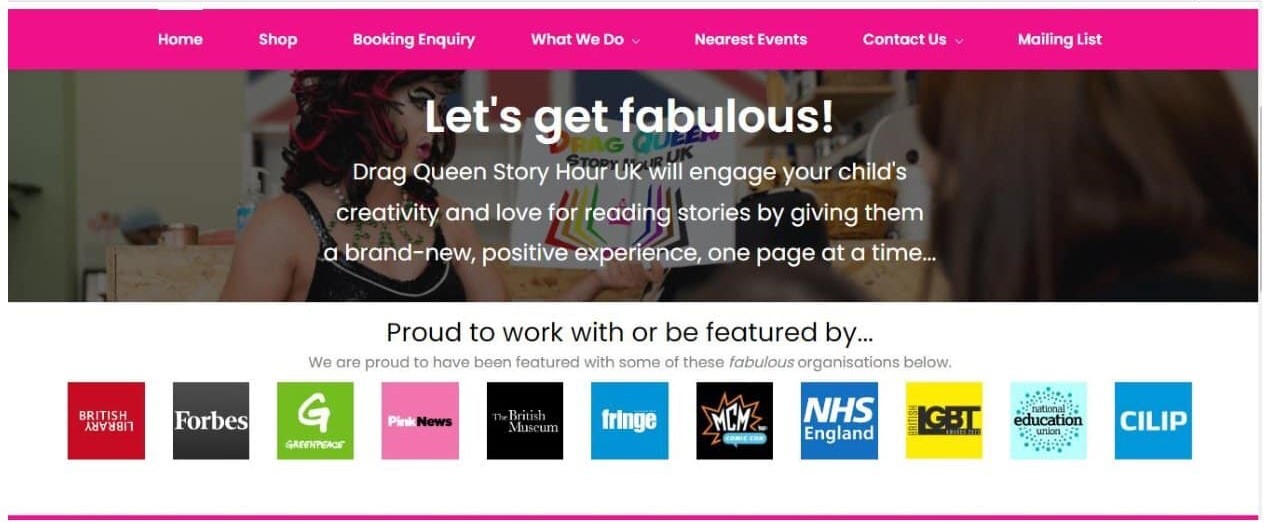
In case you thought this was a one off, here is a page on Tate’s page for children. On its website pages dedicated to children, Tate has a link to an unlisted YouTube video on minority sexual orientations, unrelated to art. This is part of a campaign not of “acceptance” or “visibility”; it is a campaign promoting homosexuality, one which the unchallenged and unquestioned curators conduct without hesitation or thought. They do not see the arguments that this is inappropriate because it is a) aimed at children, b) in an art gallery and c) using public money. Ultimately, DQSH does not fit Tate’s remit for activities as set out by parliamentary statute, which limits the gallery’s activities to the fine arts.
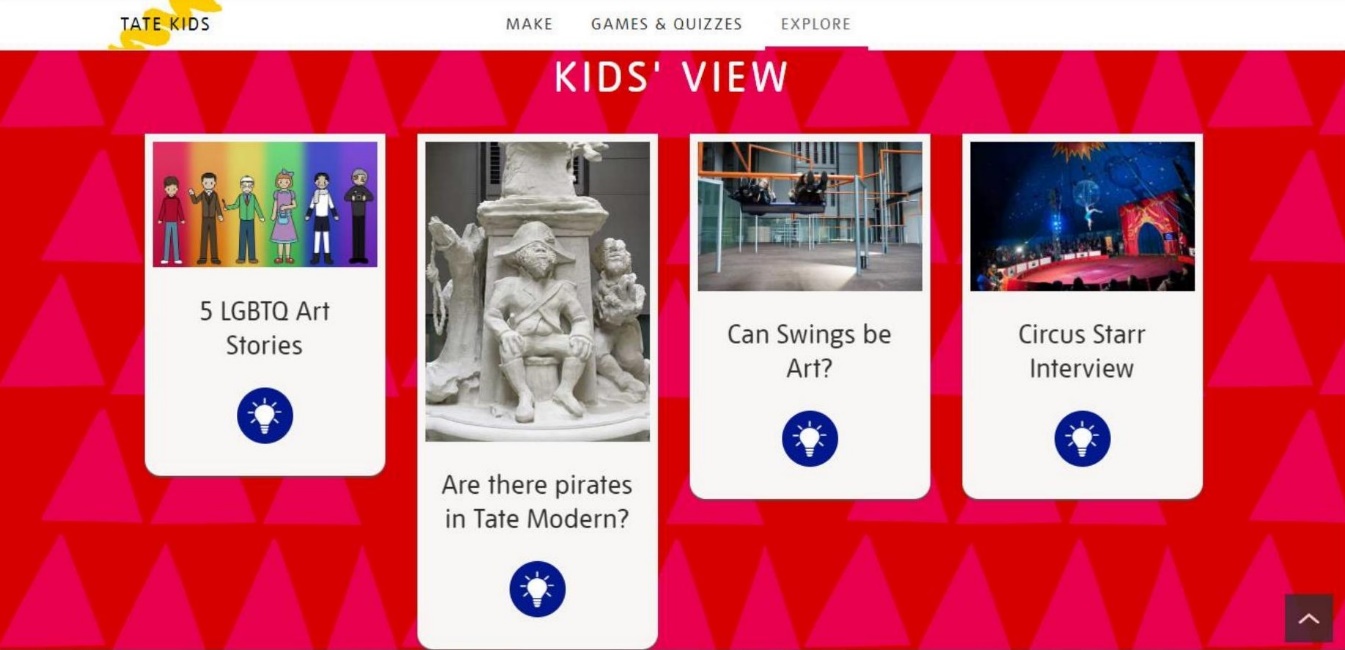
Tate long ago abandoned its commitment to fine art alone and to serving and representing British people and history. It states:
Tate Britain’s approach to British art history will be transnational and transcultural.
So much for a British institution seeing Britain as uniquely important to its audience. Of course, “transcultural” includes non-normative and non-traditional family structures, sexualities and gender identities.
The DQSH event led to violent protests outside the gallery. The organising groups were a right-wing nationalists and left-wing antifa. Due to the politics of the anti protestors, the points they made were dismissed by the mainstream press, even though we might assume that they were supported by the majority of the population and that 10 years ago they would have been the default morality of the elite and the mainstream press.
Resistance and hope
However, there is still some hope. A group of dissenting artists (including me) will be organising an exhibition in central London in the summer. We intend to set out the case for building communities and serving art without the help of the state, because the state cannot accept art that serves art rather that serves the state. I will give you a few words from the speech I gave launching the movement in January.
I bring you a message of hope, one of renewal. A group of dissenting artists and makers will emerge this year, the core formed tonight, right here. They will not be driven by revenge or malice; they will not subscribe to the values of the establishment; they will work as if the people who despise their culture did not exist and treat the age in which they live as one that will (and must) pass before an era of true values and honest achievements (ones that our forefathers would have recognised) are restored. They will play a part in restoring those values – the supremacy of aesthetics; striving towards beauty; dismissal of the post hoc apologia; and rejection of the state’s approval. Indeed, the state’s approval will become a stain, a badge of dishonour.” I concluded, “I commend this double mission – of renewal and defence – to you, lovers of the art here tonight.
I send you this message of hope and perhaps that will bring some comfort and courage, my Polish colleagues.


